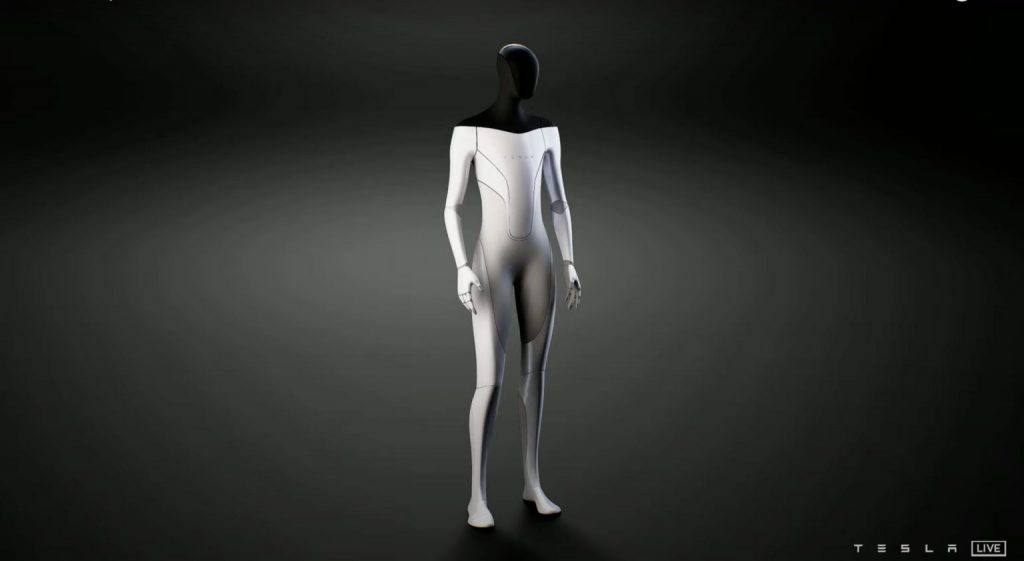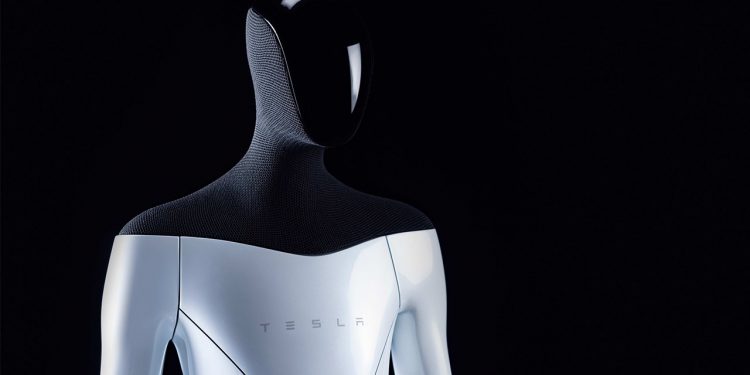During AI Day, Tesla announced its plans to make a humanoid robot that could perform tasks that are generally repetitive, dangerous, or boring. Recently, Tesla posted jobs on its Careers page for the humanoid robot, hinting at how serious the EV maker is about the project. Musk explained that the Tesla Bot isn’t the first robot to enter the market to do such tasks.

A humanoid is a non-human creature or being, or a robot, with human form or characteristics.
Elon Musk announced that Tesla aims to unveil a prototype of the Tesla Bot in 2022. With only a few months left of 2021, Tesla isn’t wasting time on the Tesla Bot prototype, and the company’s Careers page reflects that.
Tesla has posted at least four jobs on its Careers page that directly link to the Tesla Bot. Overall, there are four jobs posted for humanoid robots, all of which are located in Palo Alto, CA.
Over the weekend, Elon Musk validated the existence of the Tesla Bot.
“Bot is not directly on the path of accelerating a sustainable energy future, but it aspirationally improves the probability that the future is good,” Elon Musk answered when asked how the Tesla Bot related to the company’s mission.
Tesla AI Day viewers will be the first to say that the Tesla Bot stole the show that day. The humanoid robot doesn’t necessarily fit into the company’s goal toward a sustainable future like electric cars and battery storage systems, but it is a product that fits Elon Musk’s style.
Many robots have been deployed worldwide to help humans at work already. Most recently, the ongoing Covid-19 pandemic highlighted the various advantages of using robots in the medical field.
Robots in hospitals could be an example of bots taking over dangerous work from humans. A study on repurposing humanoid robots for patient care during the pandemic listed several functions of robots in the hospital. Besides patient care, the list included hospitals using robots for communication, grunt work, and decontamination.
Outside the medical field, robots have also helped fill labor needs in countries where senior citizens leaving the workforce outnumber the amount of young workers entering it. Japan, for instance, has turned to artificial intelligence and robotics as a solution to its rapidly shrinking labor force in several sectors.















